Security is a concern for both tenants and landlords of apartment blocks as crime rates across the United States highlight continuing high rates of residential burglary and criminal damage to property. That makes it essential for landlords to manage access to apartment blocks in a way that deters intruders while maintaining convenient access for residents and authorized visitors.
Hiring a concierge or security guard can offer a degree of protection, but it can prove inflexible and expensive to ensure 24-hour cover for the building. An apartment building access control system provides both protection and convenience while maintaining the highest levels of security around the clock.
Access control systems are suitable for small or large apartment blocks, condos, luxury apartments and gated properties. As well as protecting building entrances and secure areas within an apartment block, access control systems can be used to improve security in parking areas and garages.
They are also integral elements of wider security systems, which might include video surveillance cameras, intruder alarms and fire alarms.
How access control systems work
Apartment access control systems are fitted to the entrances of the building to enable communication between visitors and residents or a front desk. There are four main types of systems:
- Apartment intercom buzzers
- Apartment intercom cellphone systems
- Video apartment intercom systems
- Systems with readers for credentials
When visitors arrive at the building entrance, they can use an intercom system fitted to a door panel to contact a resident and request access. A directory fitted to the door enables the visitor to contact the right apartment.
Visitors then identify themselves by talking into a microphone. If the system incorporates a video camera at the entrance, visitors can also identify themselves visually, which improves security. The door panel may incorporate a door buzzer which visitors can use to alert residents before identifying themselves.
Residents or front-desk staff can view or listen to the visitor on a computer screen, dedicated unit or smartphone. If they recognize the visitor and are happy to allow access, they can send a signal to the entrance and a door release mechanism opens an electronic door lock.
Tenants or regular visitors can also present credentials such as PIN numbers or key cards at the entrance door. A reader compares the credentials with a database of authorized users and allows access if the credentials match. More advanced systems can also support mobile or biometric credentials, improving security and convenience.
Planning an access control system
The access control system you select should provide security for your main entrance as well as other areas within the apartment block. For example, you may have areas reserved for residents, a gym on site, a laundry or a delivery room where couriers can leave parcels or mail. Each of those areas can have its own secured entrance with access restricted to residents or authorized visitors.
The system should reach all tenants within the building and each apartment will require a substation capable of receiving access requests from visitors. Connecting the readers or intercom system at entrances with tenants requires a form of connectivity. The elements can be connected by cabling or by a wireless network. A wireless system requires less installation, although it must be capable of maintaining a string signal throughout the building.
Each controlled access point will require a locking mechanism, such as an electronic door lock, which is released by a signal from a resident or the front desk. The locks and access control components require a power supply.
Software to manage the system and validate access requests can be housed in the apartment building or in the cloud. A cloud-based system offers greater flexibility because residents and security teams can accept access requests or open doors even if they are not on site.
Other forms of apartment security
Security cameras in an apartment block provide an additional layer of security by monitoring vulnerable areas to ensure that visitors do not enter areas where they do not have permission. The cameras identify and record incidents and provide input to security professionals so that they can respond rapidly to any incidents.
Fitting alarms and sensors to external doors and windows ensure that security teams receive immediate notifications of any attempt to break into the building. Smoke, fire, and carbon monoxide sensors and alarms are vital safety feature, protecting tenants and the property.
Benefits of apartment security systems
- Greater security against intrusion – Security teams can control who enters the building and keep track of visitors while they are in the apartment block
- Enhanced experience for tenants – Tenants feel more secure, and confident their property and safety are fully protected.
- Improved delivery management – Tenants are receiving a growing number of deliveries because of the rapid uptake of online ordering and food delivery services. Access control systems make deliveries safer and more convenient.
- Improved property value – Implementing a comprehensive security system can help you achieve higher rental values and attract and retain more tenants.
Conclusion
Investing in an access control system and other forms of security can provide positive benefits for your property. To find out about the most suitable system for your apartment block, a security professional can provide advice and practical support.

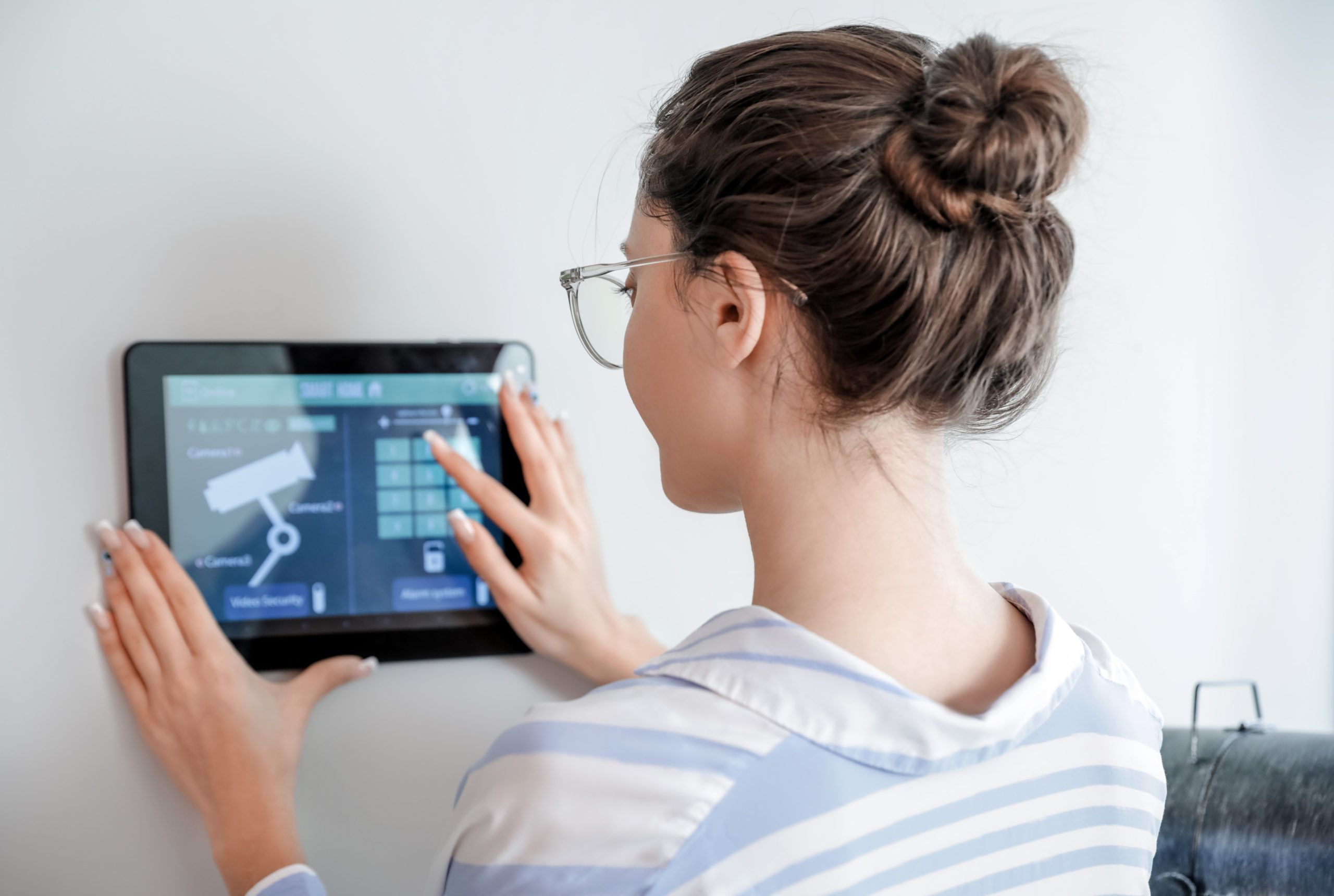
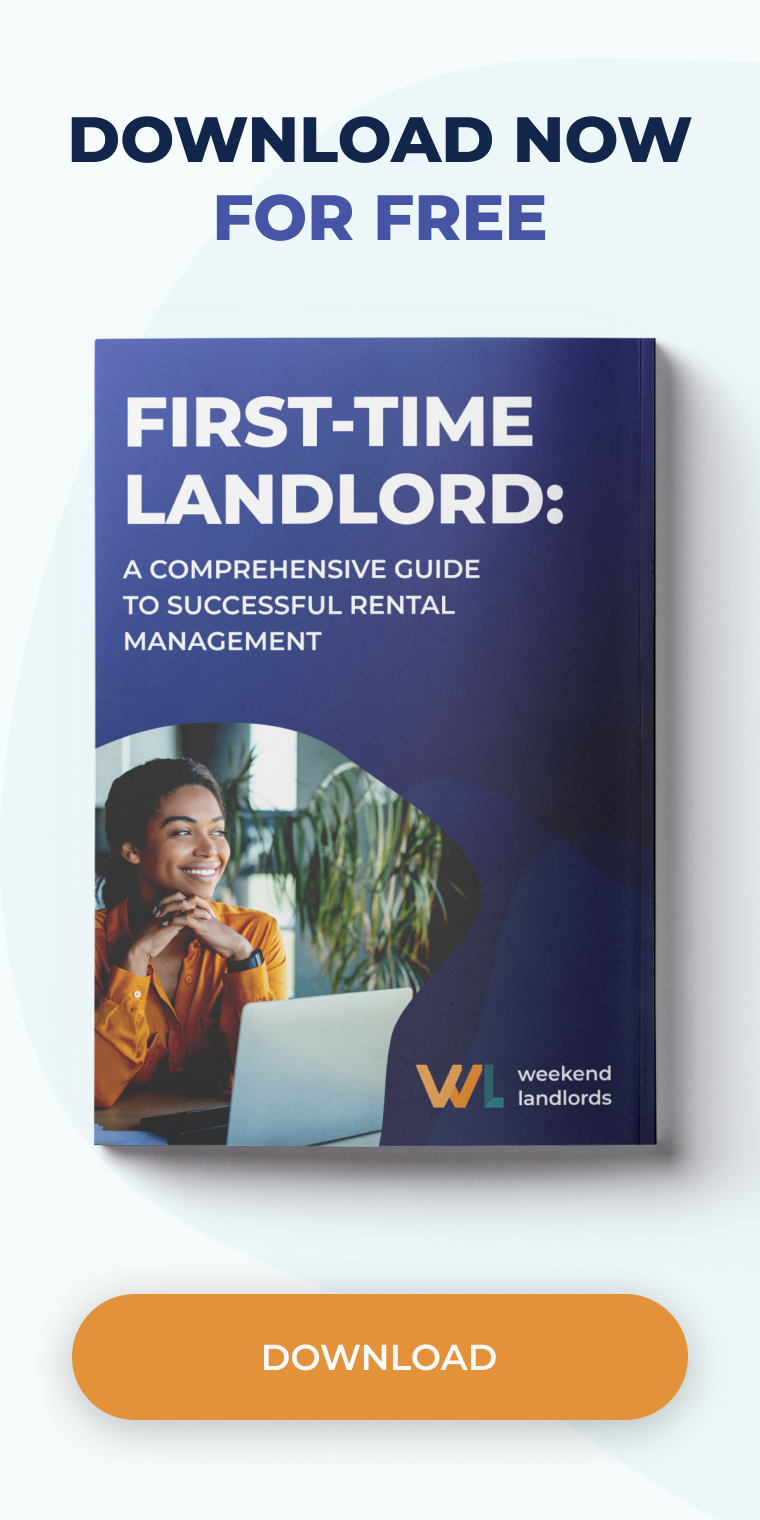
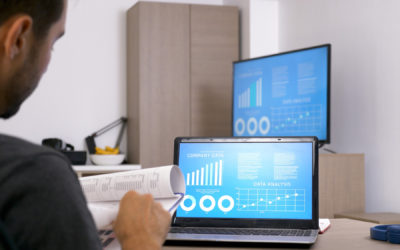
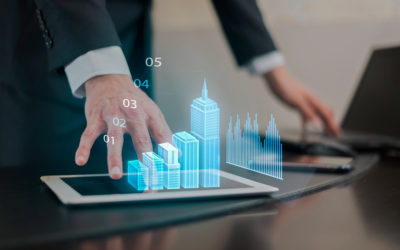
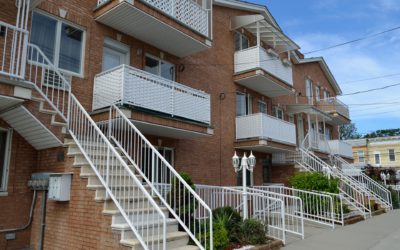
0 Comments